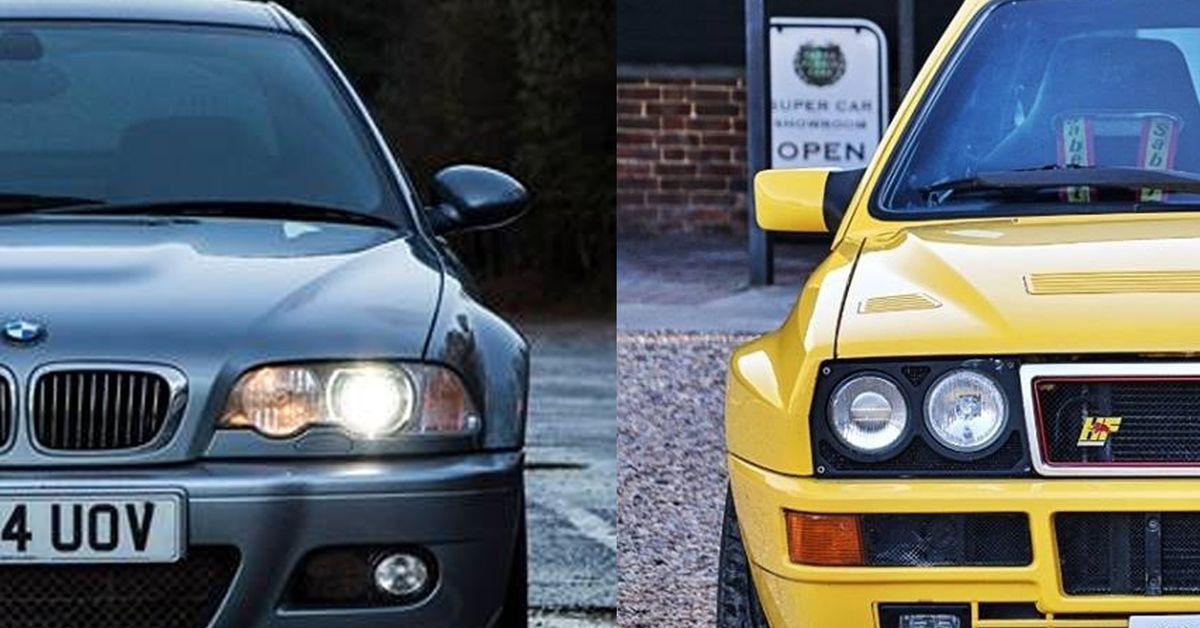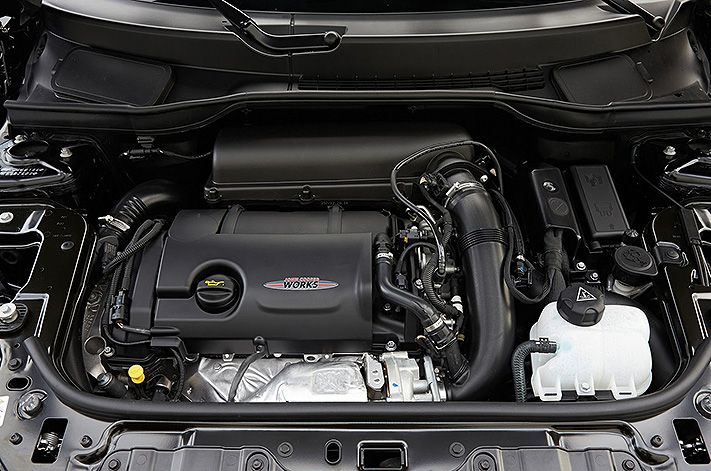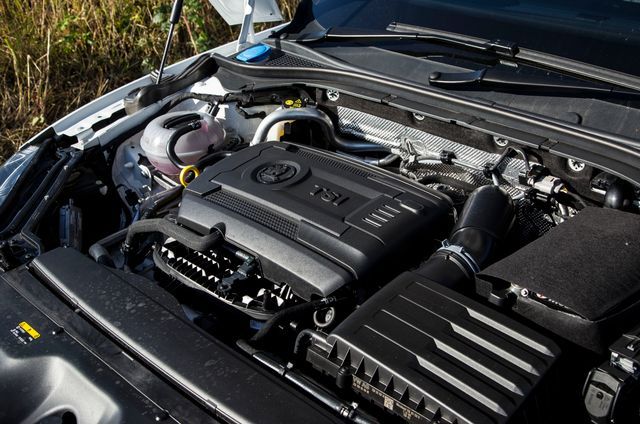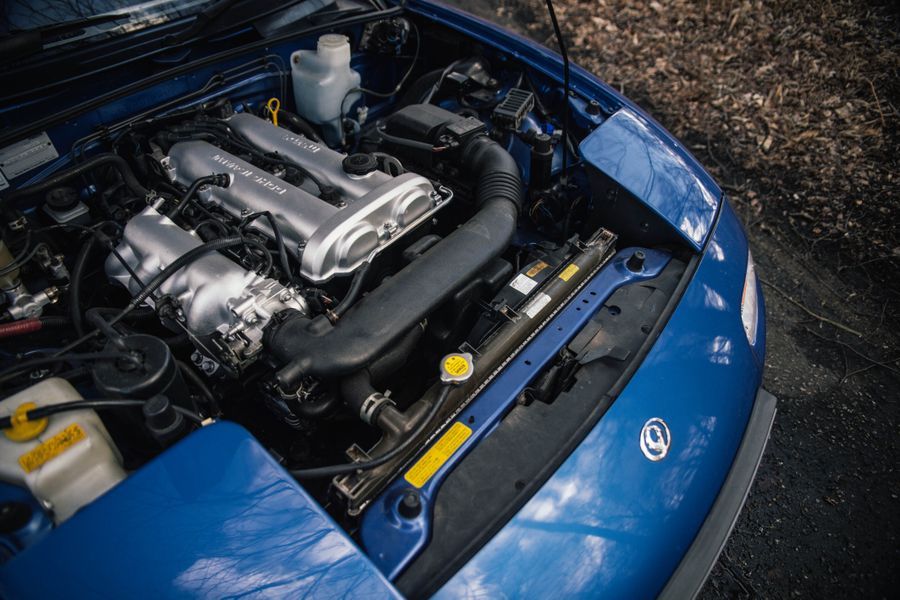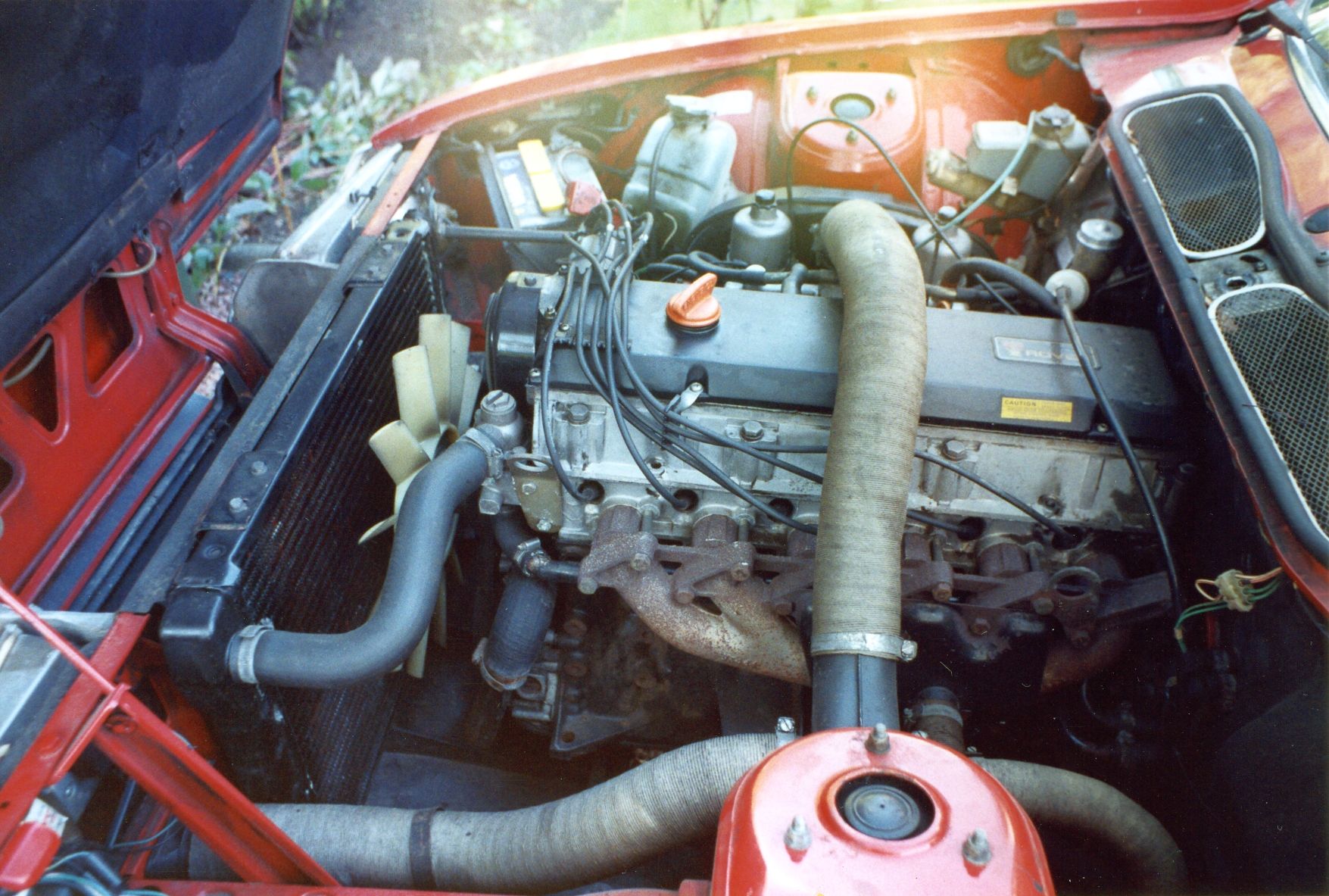If you’re the sort of person keen on looking under the hood, it might not be a surprise to know the fact that engine layouts seem to differ from one vehicle to another. While there are different engine configurations like V, Inline, Boxer, and Rotary, there are certain ways in which manufacturers package the engines inside.
Engines in cars have been positioned in many different ways, it can be front-engined, rear-engined, or mid-mounted. It all depends on the vehicle’s intended use. For instance, a city car does not have the same engine layout as an all-out sports car. How an engine is set up has a huge impact on how the vehicle is, in terms of design and general characteristics.
In front-engined cars, the most common engine layouts are Transverse and Longitudinal. Both of these layouts yield a multitude of differences, from how the cars behave to the costs incurred. Here’s us delving into the pros and cons of each setup and finding which one’s the best.
Transverse Engine
Transverse engines are mounted perpendicular to the car’s direction of travel. In other words, the engine is placed horizontally where the cylinders sit in a row from left to right in the engine bay. A transverse engine layout is common in front-engined front-wheel-drive and all-wheel-drive cars while exotics like the Lamborghini Miura used a mid-engined transverse engine layout.
Mass-production cars of the modern era favor the front-engined transverse layout for a variety of reasons. The whole idea kicked off when Mini started implementing the setup in their cars back in the 1960s. Nowadays, most mainstream production cars have engines ranging from three cylinders to V6s incorporating the transverse layout.
RELATED: These Six-Cylinder Engines Are More Powerful Than Most V8s
Pros And Cons
One of the most important reasons for manufacturers leaning towards the transverse layout is the ability to package a lot of components without taking up much space. In front-wheel-driven economy cars, a transverse engine allows for much more room in the interior to comfortably take five adults and some luggage. Unlike rear-wheel-drive or all-wheel-drive cars, the lack of a central tunnel means the floor can be much flatter to increase passenger comfort. The lack of drivetrain components needed also helps reduce overall weight and a significant cut in manufacturing costs, making the cars cheaper to own.
Dynamically, the car’s weight balance is shifted to the front owing to the engine being on top of the front wheels. In front-wheel-drive cars, the weight up front helps in getting maximum traction leading to better acceleration.
Not everything is great since the transverse layout has a few shortcomings, primarily, Torque steer. Due to the transmission situating itself at one side of the engine bay, the driveshafts are of uneven lengths. When both of them are subjected to a force, the torsional stiffness exhibited by each of them differs. In simpler terms, when under load, the longer driveshaft has more flex which leads to inefficient power delivery forcing the car to veer slightly to the side where the longer shaft is situated.
A transverse layout also limits the manufacturers in terms of displacement as the width of the engine bay is smaller. Consequently, larger displacement motors don’t end up as transverse layouts since it isn’t viable and defeats the purpose of the whole setup being space-efficient.
RELATED: Ranking The Fastest Front-Engined Supercars
Longitudinal Engine
Longitudinal engines are placed parallel to the car’s direction of travel. In other words, longitudinal layouts have cylinders from front to back. Commonly seen in front-engined rear-wheel-drive and all-wheel-drive layout, longitudinal engines are favored in higher displacement engines and performance-centric cars. Longitudinal engines are the most experimented with engine layouts with mid-mounted rear-wheel-drive, all-wheel-drive layouts, and front-wheel-drive being part of the carousel.
Pros And Cons
Not a lot goes in favor of the longitudinal setup apart from performance advantages that don’t really matter to a generic user. For starters, in a longitudinal setup, the rotational energy is subjected to a 90-degree directional change inside the differential to drive the wheels. This leads to less-efficient power transfer alongside taking a toll on the cabin space. The transfer of power happens via the propeller shaft that runs along the length of the car and eats into the cabin comfort with a protruding tunnel along the centerline.
Some of the highlights of having a longitudinal setup help with weight distribution. This allows manufacturers to strategically place the components to shift the weight balance front to rear alongside packaging an all-wheel-drive setup if need be. Furthermore, having a longitudinal setup allows carmakers to have higher displacement motors without needing to worry about packaging. Engine swaps can be done easier and working on the car is a lot less stressful as opposed to transverse layouts. As there are multiple configurations to this layout like being mid-engined or front-engined, the characteristics of the car change entirely with a different combination much like how a BMW M2 differs from a Lamborghini Huracan.
At the end of the day, having a transverse setup or a longitudinal setup comes down to the requirement. If performance is a priority and cabin comfort takes the back seat, employing a longitudinal setup is preferable. However, for city cars that are focused on interior space and luggage capacity, a transverse setup would prove feasible both rationally and economically.
Sources: Wikipedia, Car Throttle

